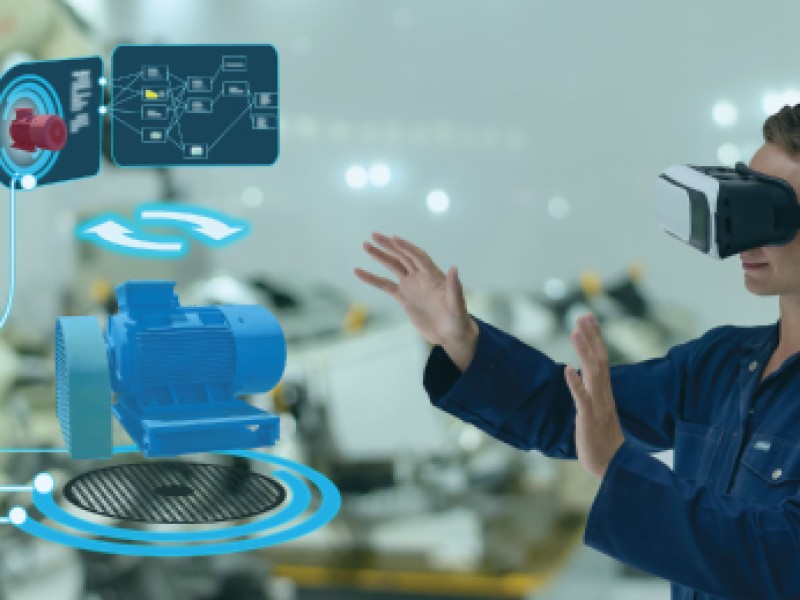Blog
Five ways the Industrial Metaverse will Impact Manufacturing

The hype around the Metaverse is moving faster than the actual development and deployment of the technologies needed to make it a reality. For most, the vision of the Metaverse is one where gamers spend their days in virtual reality. But beneath the hype and the dreams, a series of real-world benefits are starting to crystalise as the Metaverse takes shape. One of the most exciting things about the Metaverse is that it will be a place where the results of digital technologies will spill from the virtual world into the real world. Not only will the Metaverse be a series of constant digital representations of real-world objects, people and places, but it will be a series of connected technologies that enable an industrial revolution within the manufacturing sector, unlike anything the world has known before. Here at 4Sight, we are preparing to focus on the following five Industrial Metaverse domains within manufacturing. These five aspects of the Industrial Metaverse will have the most profound impact on the way manufacturing is conducted.
1. TRAINING
Training One of the most obvious uses for the Metaverse will be training. Flight simulators have been around for a very long time and have resulted in better-trained pilots, at much lower cost and increased safety. The metaverse as a training ground will allow trainees to train in replicated environments. It will also allow for greater collaborative training sessions as individuals from various disciplines can work together on solving problems and optimising solutions. Mistakes and other glitches are made at zero cost to the company and zero risk to the trainees. VR technologies will be the greatest driving force behind this technology. Training will not only focus on fault finding and repair but will go a long way towards creating familiarity with equipment and processes.
2. SIMULATION
In one of our previous blogs, we stated that the Metaverse will be one giant digital twin. As the Metaverse technologies progress, we will eventually reach a point where more machines are doing virtual work in the Metaverse than machines are doing in the real world. Simulations could reach a point where processes and design variations are run and tested in the Metaverse for weeks or months before being implemented in the real world. This may sound like current simulations on steroids, but the reality is that the Metaverse will be a self-contained world where we as humans can go from time to time to see what is working over there, and then bring the design or process parameters back into the physical world.
3. REPAIR AND MAINTENANCE
The pandemic taught companies how to deal with severe travel restrictions. Breakdown and specialised maintenance on equipment had to be undertaken without bringing in experts from afar. VR technologies were employed, and this led to many companies realising the potential benefits of Virtual Reality (VR), Augmented Reality(AR) and also Mixed Reality(MR). The Metaverse will present a digital space where these technologies can be further developed and refined. The result will be vast digital twins of real-world plants where workers can meet in a virtual environment and train on specific tasks but also train on working together on real-world machinery with the Metaverse as a virtual backdrop and interface for collaboration and guidance.
4. PRODUCT DESIGN
One of the best things about the Metaverse will be near-infinite space. Currently, design rooms are limited to a physical room, where engineers and designers meet to swop out ideas and collaborate on designs. The Metaverse will create large design rooms, filled with digital tools where large teams from around the globe can collaborate on a single or multiple design concepts. Metaverse technologies will allow avatars to manipulate 3D objects with CAD software in ways that engineers can currently only dream of.
5. BLURRING PHYSICAL AND DIGITAL
The Metaverse will allow manufacturers to explore exciting new opportunities in combining physical and digital aspects. This will go beyond traditional 3D printing. Objects in the Metaverse could be a virtual rendering of actual products, and changes in the Metaverse could be applied to the physical items. Exciting opportunities will also allow physical objects and experiences to have an impact on the digital world. The physical object can also be imbued with in-depth digital information and other digital objects. In this scenario, no physical or digital object stands alone but must be considered in its combined physical and digital nature.


